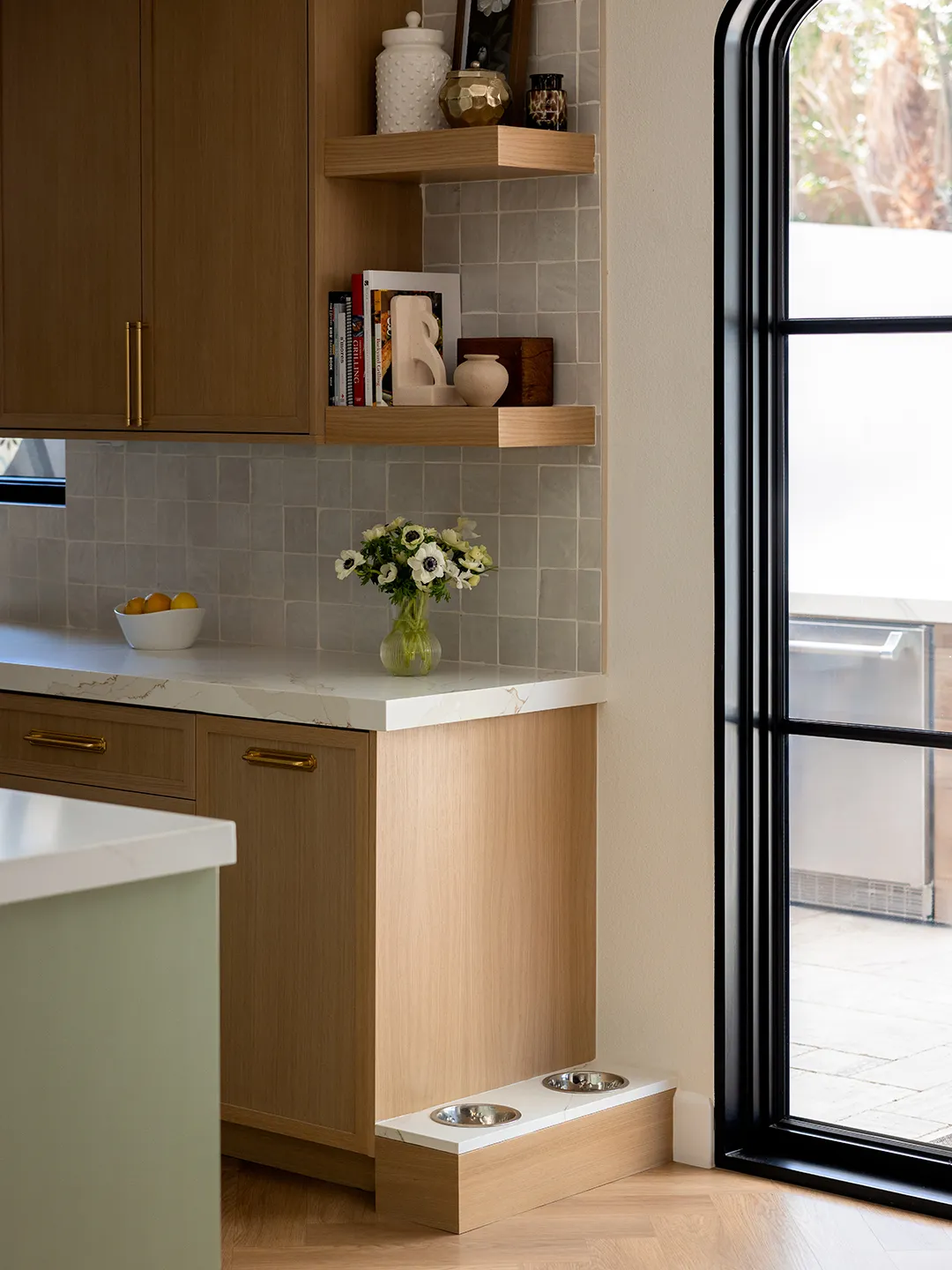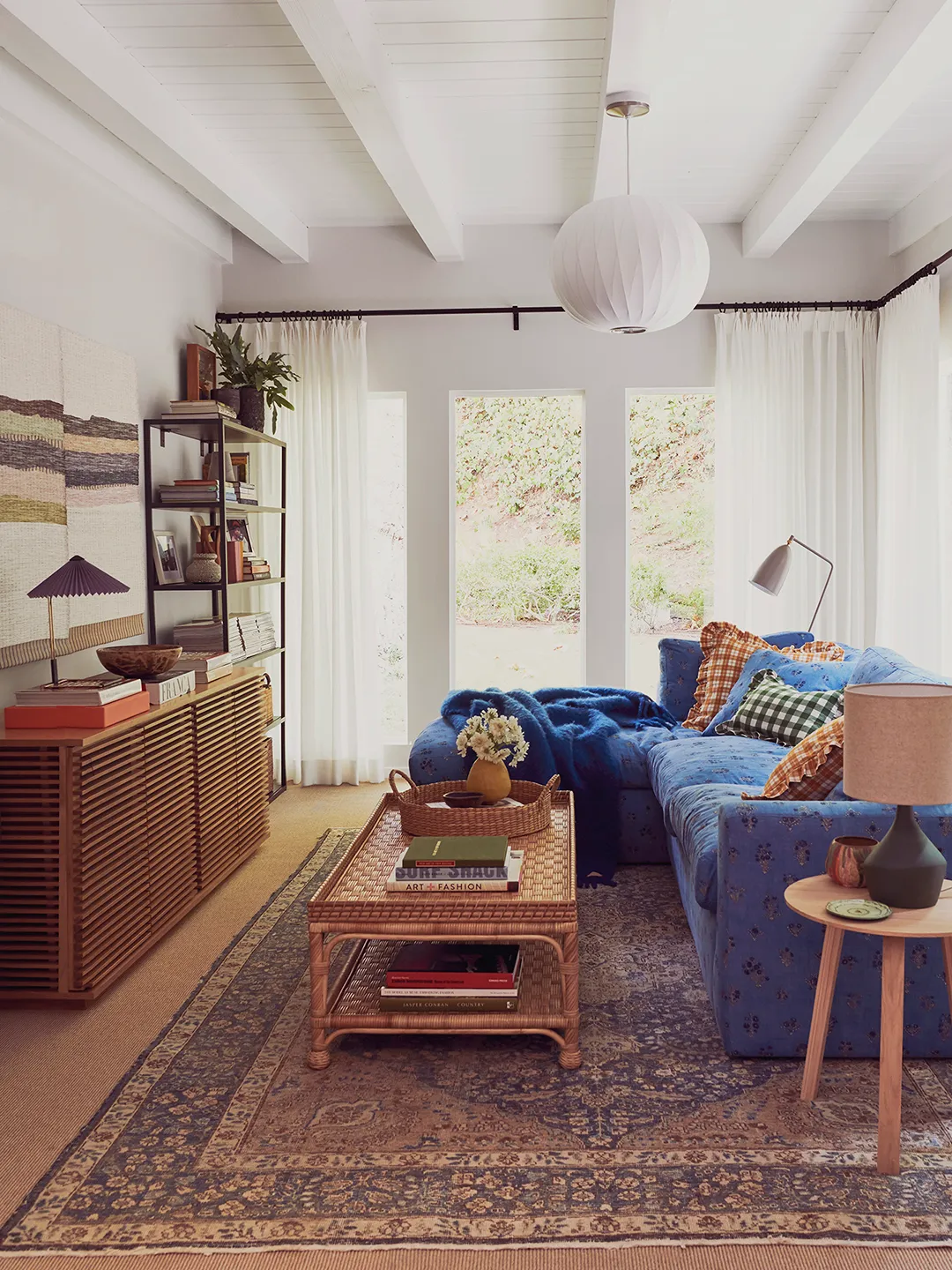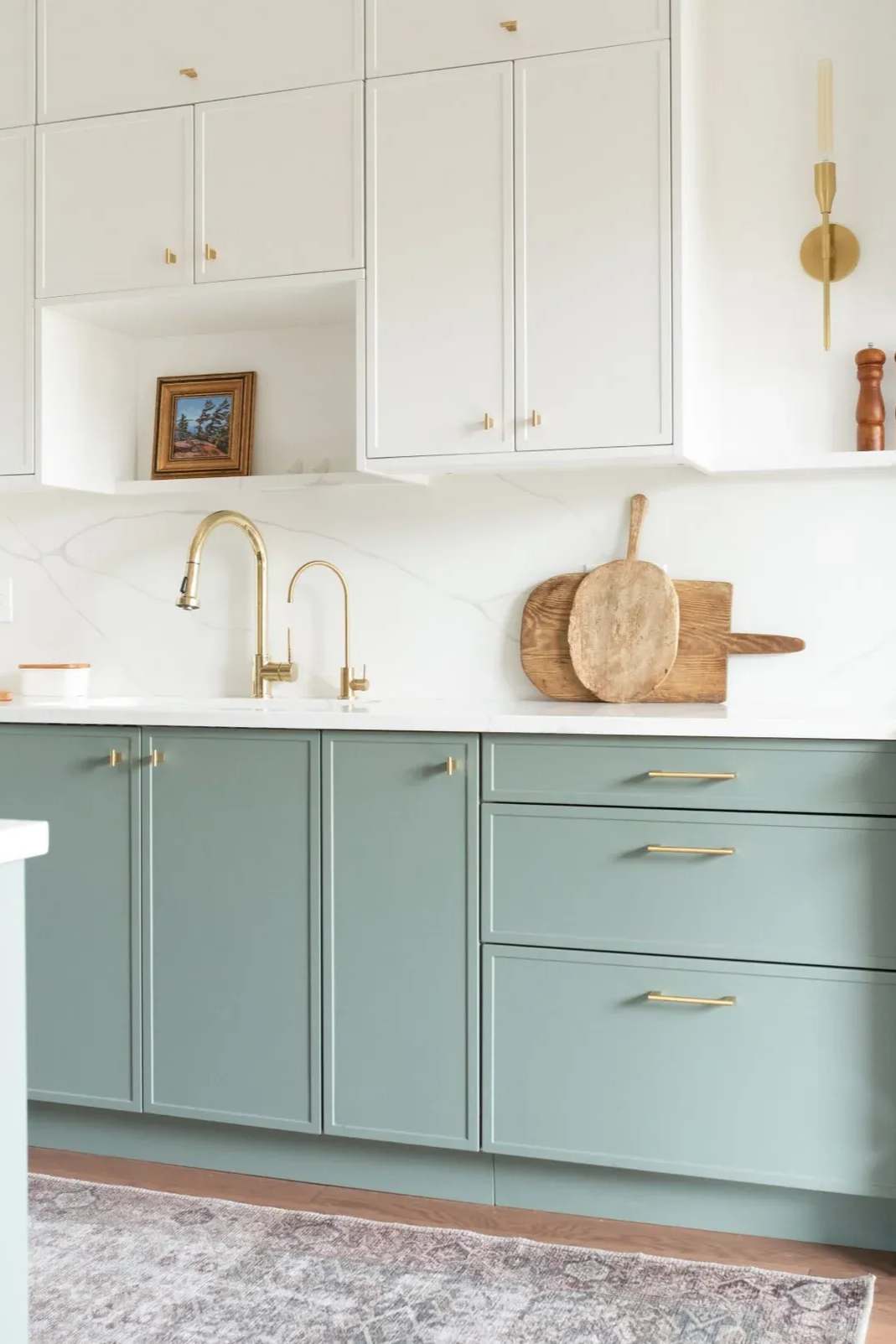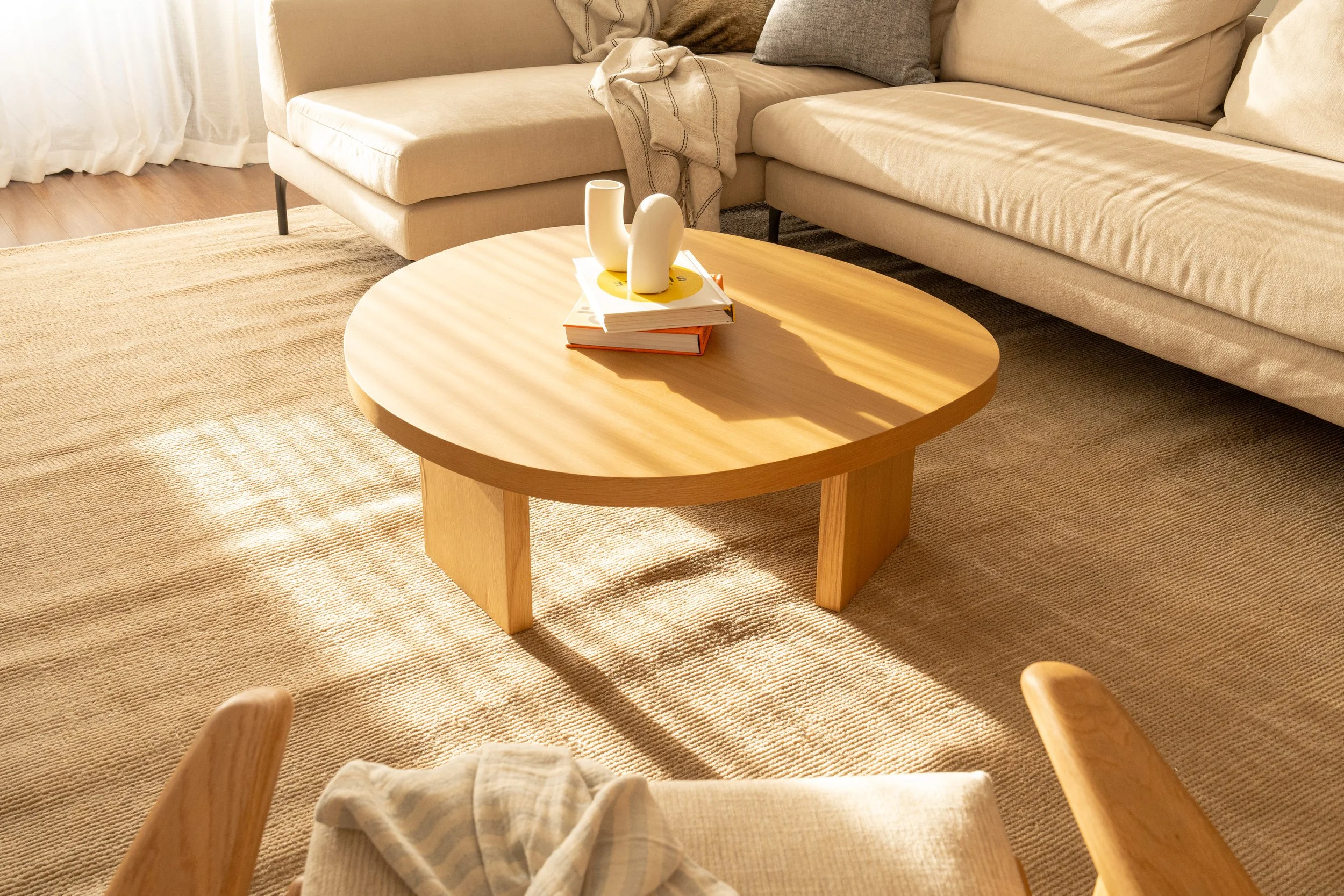Where to Spend (and Where to Fake It) in Your Home
My friend bought a marble coffee table last month.
It looks terrible.
Not because marble is bad. Not because the craftsmanship was poor.
Because it wasn’t marble at all.
That ultra-shiny “marble” coffee table with wild grey swirls looked more like a screenshot from a Windows 95 screensaver than anything you’d find in nature.
Standing in her living room, I felt genuinely sorry for her. She’d been so excited about this “investment piece.”
But the whole room was betrayed by one screaming fake.
Here’s what I’ve learned after years of making (and fixing) these mistakes:
Faux isn’t the enemy. Loud faux is.
If you’re working with a limited budget but want that high-end, layered look, it’s absolutely possible.
You just need to be strategic about it.
1. Know Where to Spend (and Where to Fake It)
You don’t need everything to be real. Trying to make it all luxury can actually cheapen the entire space.
Do invest in:
Things you touch daily - handles, textiles, dining chairs
Natural anchors - solid wood dining table, real stone tray
Anything under direct light (fakes look faker in sunlight)
Go subtle with alternatives for:
Practical purposes (e.g., porcelain vs marble tiles in the bathroom)
Decorative accents you don’t touch often
The trick? If it’s going to pretend, it better be quiet about it.
Photo by Kristin Elizabeth
The countertop above is actually engineered stone, but the subtle marble-like veining gives it an elevated feel that’s easy to mistake for the real thing!
2. Keep Faux Subtle
Here’s what makes a faux finish feel refined instead of ridiculous:
Low contrast. Skip the busy, veiny marble dupes. Go for soft, subtle patterns that don’t announce themselves from across the room.
Matte beats gloss. Shiny faux wood is an instant giveaway. Matte feels much closer to the real thing.
Imperfect is better. Natural materials aren’t uniform. Your faux shouldn’t be either.
3. Focus on Texture
Expensive rooms are more about what they feel like than what they look like.
And most of that feeling?
It comes from texture, especially the kind you get from natural materials.
So if you’re working with faux, layer it with real stuff. It helps your fake bits blend in and feel way less fake.
Try combining:
Warm woods
Cool stones (real or faux)
Matte metals
Nubby textiles like linen, wool, and bouclé
A faux marble coffee table looks 10x better when it’s styled with a chunky wood tray and a wool throw nearby.
The more texture around it, the less it screams “fake.”
Photo by Justin Chung
The side table and the bookshelf in the far left corner are from IKEA. Despite the presence of budget-friendly ‘fast furniture,’ the space still feels sophisticated and cozy, thanks to the layered textures: Rug, woven baskets, and linen wall art!
4. DIY Your Way Up
The best way to elevate a faux piece is to DIY it.
Swap hardware on IKEA furniture. Paint laminate in a muted, chalky tone. Add trim, re-stain, or style it to your heart's content.
They’ve upgraded these IKEA kitchen cabinets by putting nice gold handles and pulls on the doors and drawers.
5. Composition Trumps Materials
Here’s the secret that beats expensive materials every time: Composition.
Even a space full of budget pieces can feel expensive if it’s:
Well balanced
Thoughtfully lit
Uncluttered
Styled with restraint
That’s why a $20 throw on a $500 sofa can look luxe if the textures are right and the layout works.
Materials matter. But how you put them together matters more.
Remember my friend’s disaster? We fixed it by swapping that shouty marble table for a simple wood one, adding a textured rug, and toning down the lighting.
I reckon you’d be interested in my video on how to make your home look EXPENSIVE. Check it out below…





